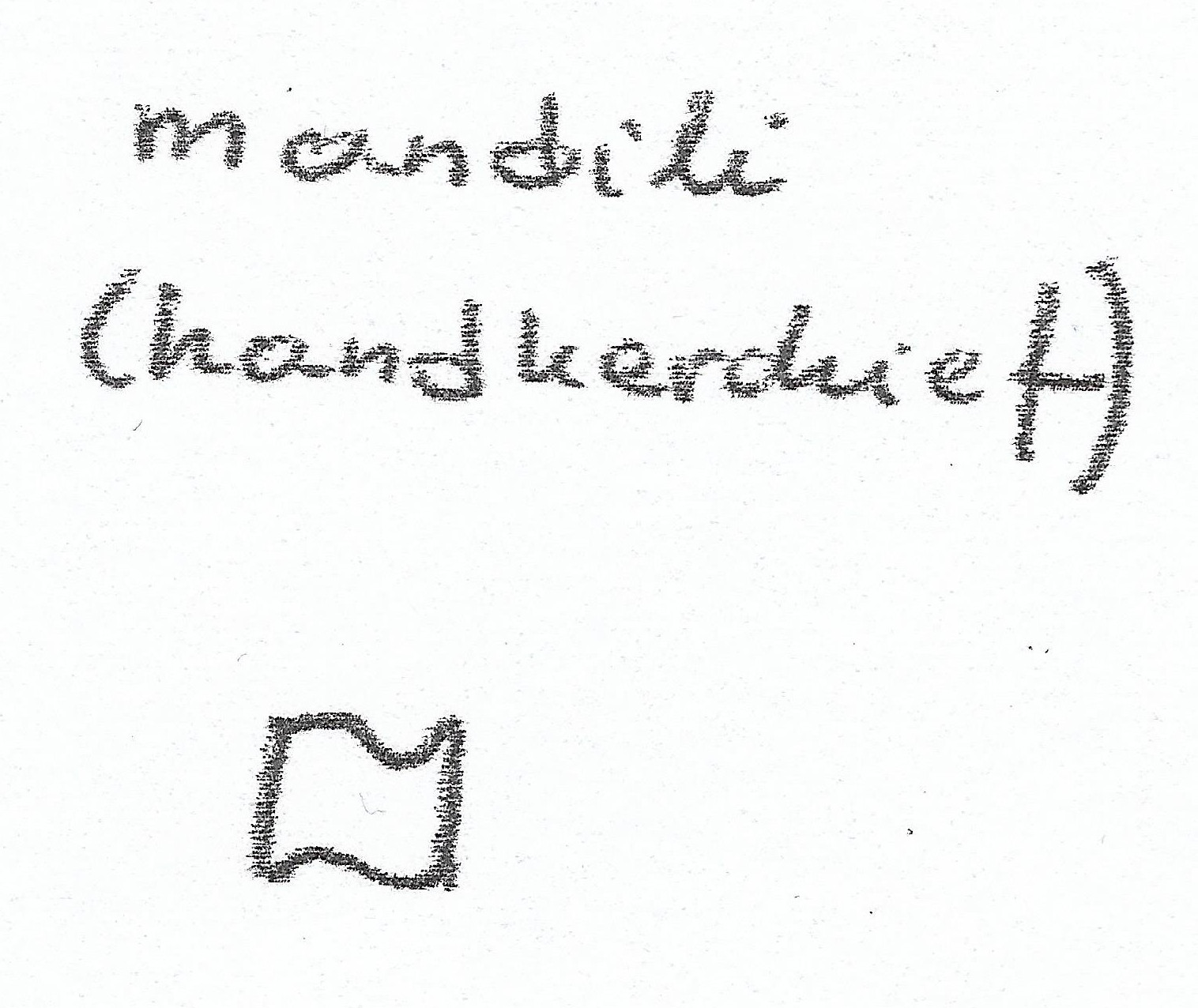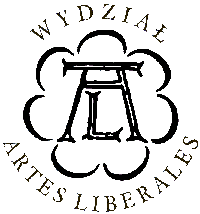| Testimony of: | kerchief |
| Source | Κουρκούτας 1989, 29 (in EEH, sv. Σταυρωτός, p. 614) |
| Original text | Χορευόταν πάντα χωρίς φλάμπουρα και οι χορευτές πιάνονταν μεταξύ τους με μαντήλια, δύο μαντήλια που σταύρωναν μεταξύ τους αν χόρευαν τέσσερα άτομα, ένα μαντήλι αν χόρευαν δύο άτομα. Οι Σαρακατσάνοι του Κορδελιού χόρευαν Σταυρωτό πάντα με δύο άτομα αντιμέτωπα, και μάλιστα πιάνονταν και από τον ώμο αντί για μαντήλι. Τον χόρευαν πάντα οι καλύτεροι χορευτές, έπρεπε μάλιστα να ταιριάζουν στο ύψος μεταξύ τους. Οπως όλοι οι χοροί με μέτρο 3/4, έχει αργό και γρήγορο μέρος. Τα βήματα είναι τα ίδια, μόνο που στο γρήγορο μέρος η κίνηση είναι πιο έντονη. Αντιπροσωπευτικό τραγούδι είναι το "Βγήκε Αντώνης στ' Αγραφα...". Τον χορό Σταυρωτό οι Σαρακατσάνοι της Βουλγαρίας τον γνωρίζουν και με το όνομα "Σπαθούλα", από τα λόγια του τραγουδιού "Κάπου βελάζουν τα όργανα, Σπαθούλα, Σπαθούλα...". |
| English translation | They always dance without banners and the dancers hold each other by the kerchiefs. Two kerchiefs were criss-crossed between the four dancers, or one, if only two people were dancing. The Sarakatsani of Kordelio were always dancing Staurotos in opposing pairs, and they were holding each other by the shoulders instead of kerchiefs. Staurotos was always danced by the best dancers, who also had to be of similar height. As all ¾ dances, it has a slow and a fast part. The steps are the same, but the movements of the fast part are more intense. A representative song is “Antonis went to Agrafa…”. Staurotos of Sarakatsanoi of Bulgaria is known as “Spathula”, from the words of the song “Somewhere the instruments play, Spathoula, Spathoula…” |
| Function | technical/auxilary, decorative, |
| Dance name | Staurotos |
| Comment | Sarakatsanoi (ethnic group) |
| Symbol in Kinetography score |
|


